By 2040, the government’s proposed ‘Road To Zero’ emissions plan will require each new car sold in the UK to have an electric driving range of at least 50 miles.
Cars on sale will be a mix of pure-electric vehicles, and fossil fuel (or other fuel) hybrids, augmented by a plug- in battery and electric drive motor, as Britain’s motoring moves towards having no tailpipe emissions.
The plan hasn’t met wholesale approval. The Society of Motor Manufacturers and Traders said it could not support plans that “do not appreciate how industry, the consumer or the market operate and which are based neither on fact nor substance”.
BP buys EV charge company Chargemaster
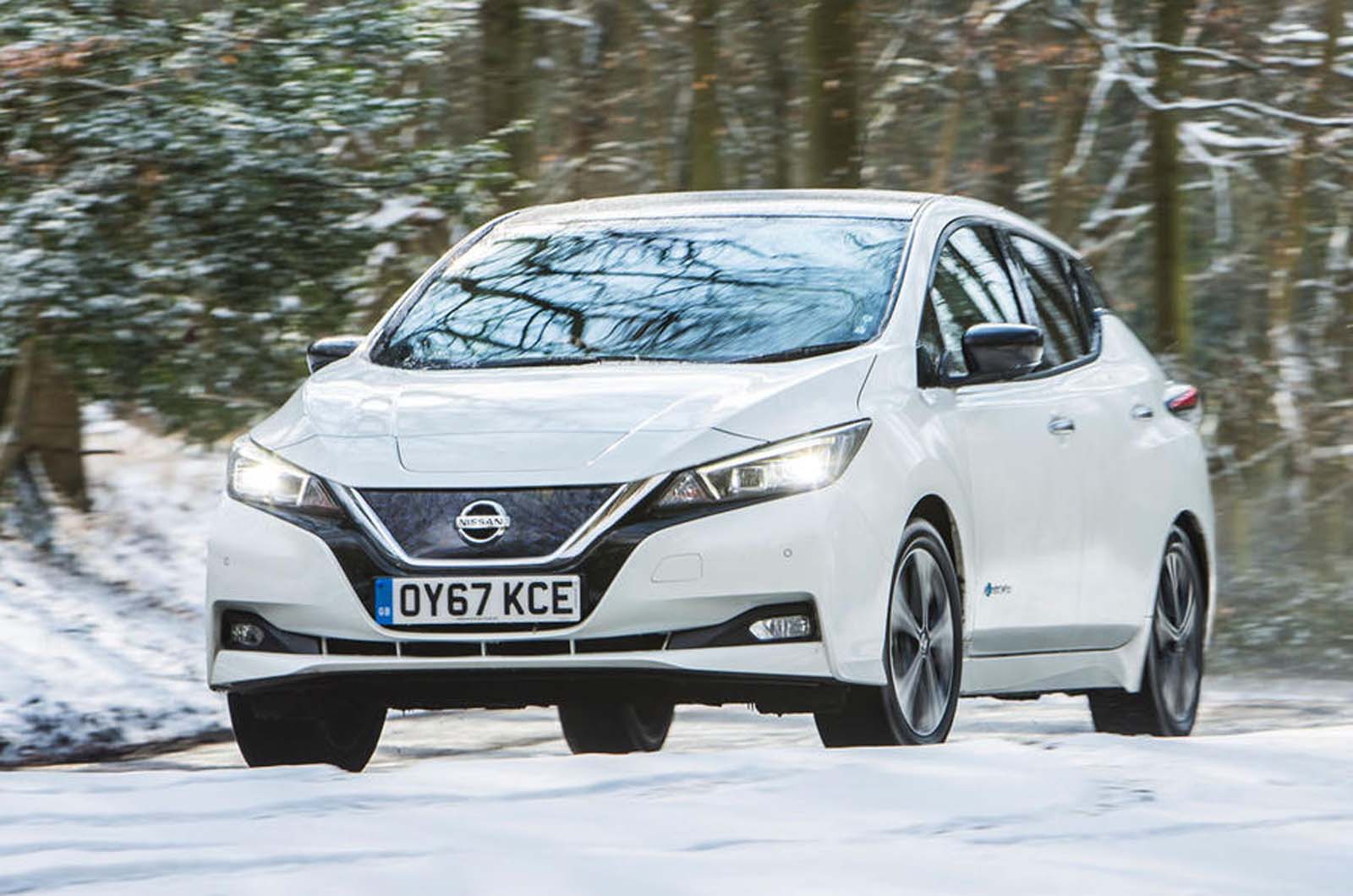
Can the industry cope?
The motor industry’s issue is that single-market legislation makes cars more complex and expensive. If, say, the rest of the EU has a similar idea but asks the electric range to be only 30 miles, or 62 miles (100km), or to happen at a slightly later date, and if US or Chinese rules differ again, it adds layers of complexity and bureaucracy to the task of engineering the world’s most complicated consumer product. Car makers will cope, but it might affect the number and type of cars on sale in the UK.
If the UK government made plans alongside other countries and, yes, while consulting industry associations to establish a clear regional standard, even if a global one is unrealistic, it would mean cars can be both more efficient and cheaper. But the UK is a big car market, so if car makers want to sell cars here – and they will – they’ll get there.
There are 31,177,900 cars on the road in Britain. Some predict there will be fewer cars on the road by 2040, or that we’ll be driving them less, thanks to improved communications technology, but no trend so far supports that. Since 1945, the number of vehicles on Britain’s roads has, according to the Department for Transport, “increased in practically every year”.
The road that charges your electric car
Britain has a growing and ageing population that is travelling more, not less, and using cars and trains to do it. Car journeys are by far the dominant way we travel. Currently, they stand at a record 253.7 billion vehicle miles per year, 12.3% more than 20 years ago.
As the population grows and ages, and if buses continue to become less available, particularly in rural areas, and autonomous technology helps keep the elderly driving longer, there are reasons to think that car journeys will only increase, not decrease. For the purposes of this analysis, though, we’ll assume they’ll stay the same.
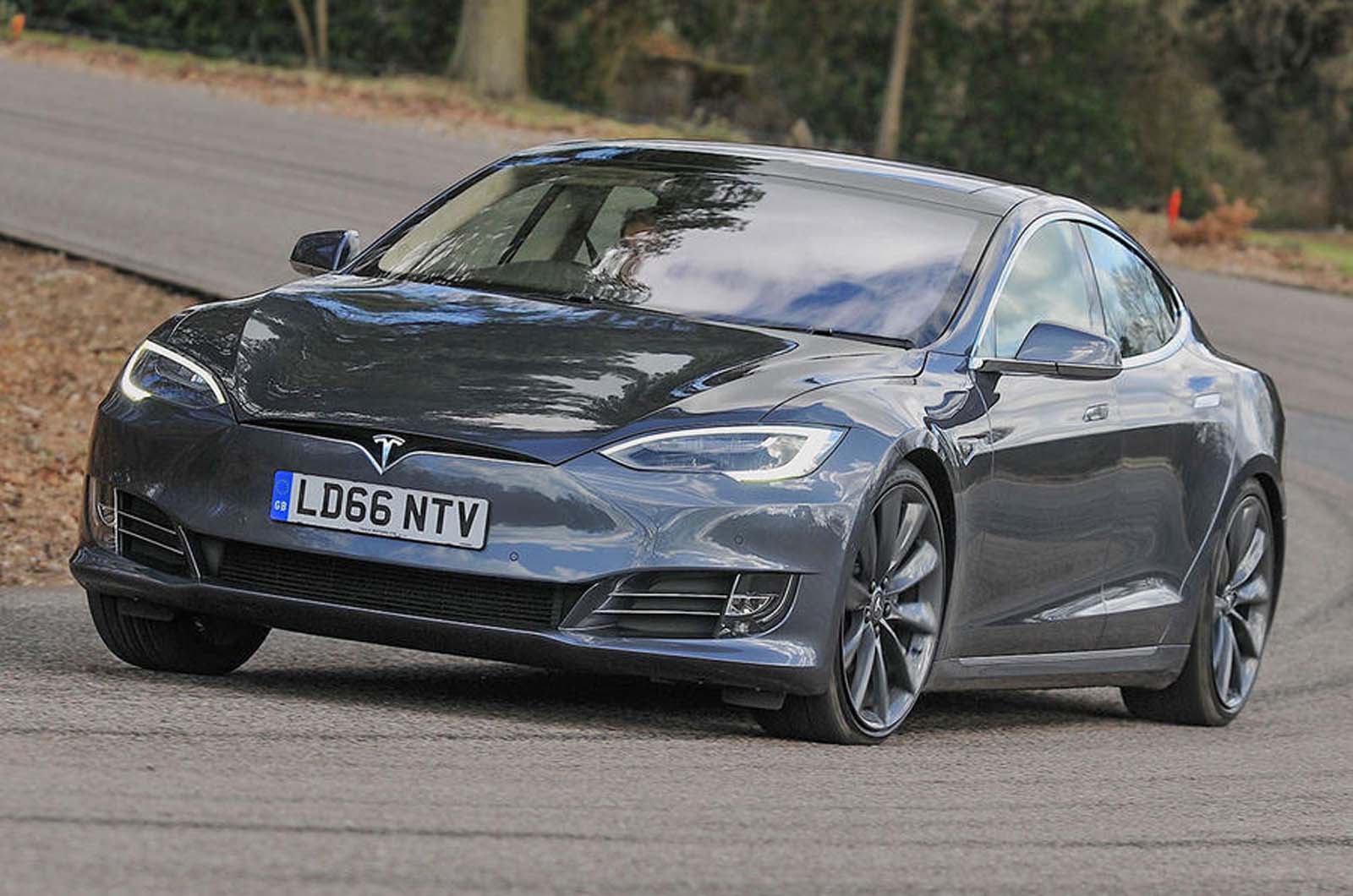
What about charging?
If ‘Road To Zero’ is anything, it’s clear in its implication: the intention is that most of these vehicle miles will be travelled using electric power.
There’ll be two ways of giving a car a 50-mile electric range: by on-board charging (using a drive engine, range- extending generator, or fuel cell); or by plugging in your vehicle to a power supply.
No hybrid car today with an electric-only range of less than a few miles can be plugged in, but if you’re fitting a battery big enough to do 50 miles, you might as well put a socket on it.
So the short of it is that every single car sold after 2040 will have a socket – or external charging of some kind – with the hope that you’ll use it most of the time. If it’s an EV, you’ll have to use it all the time.
Today, there are about 16,500 publicly available vehicle charge points, accounting for around only 20% of all vehicle charging, because 70% of electric vehicle charges happen at home and 10% on business premises.
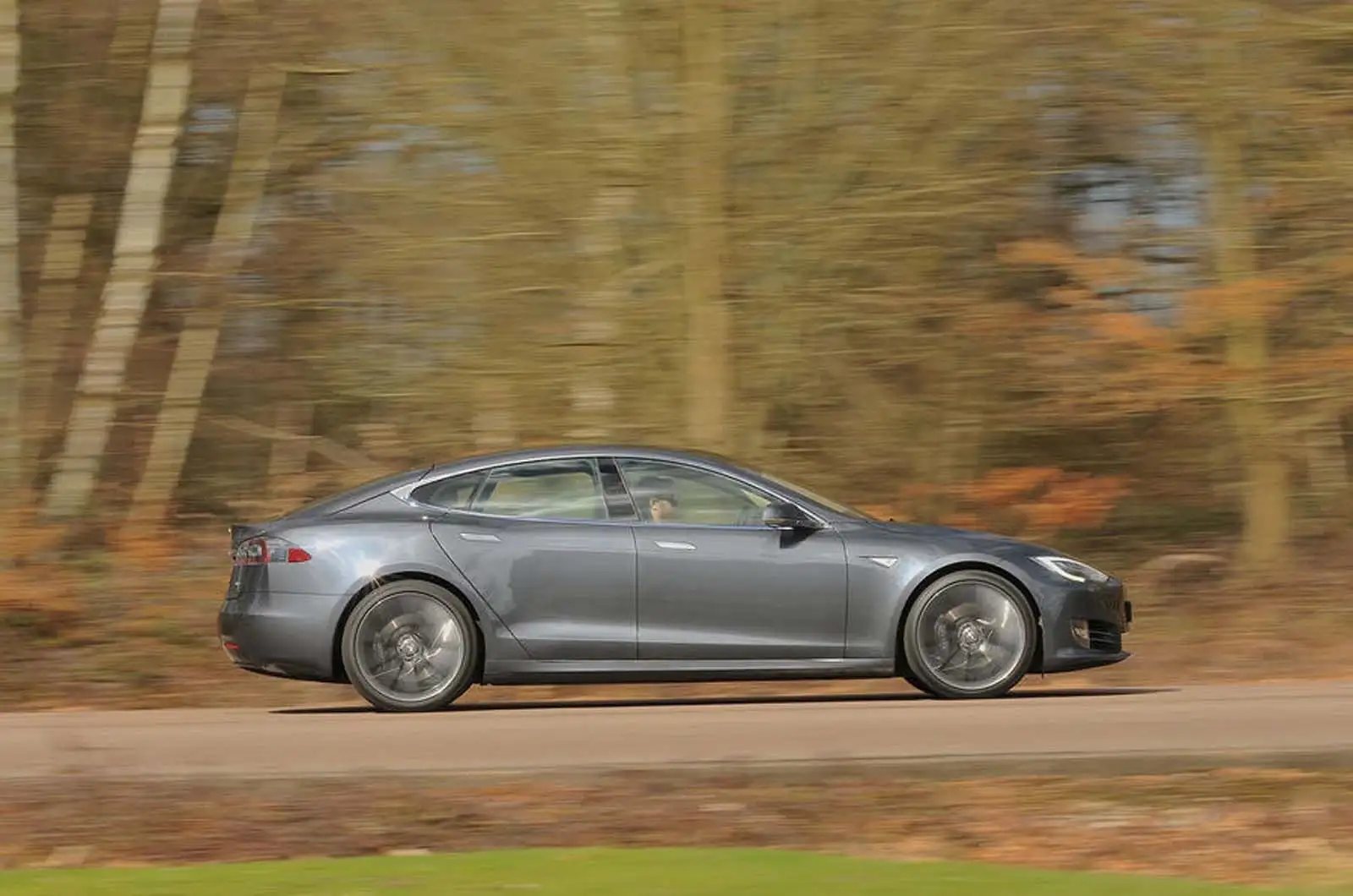
The large number of home chargers means that “there are at least as many dedicated EV charging points in the UK as there are EVs in the UK at this moment in time; the charging market is keeping up with the car market”, according to Chargemaster, an electric vehicle charging company that has manufactured more than 50,000 chargers to date.
Chargemaster believes the number of charge points will continue to rise in line with the number of EVs or part-EVs on the road. And given that early EV adopters are those most likely to have the option to charge at home, the proportion of publicly available chargers will have to increase, for those (the National Grid estimates 43% of the population) who live in terraces, flats or places with no off-street charging.
Not all of these chargers will be needed by 2040. That’s only the start of the 50-mile compulsion, and the average age of a car in the UK is eight years old. This means that it’ll be 2048, 30 years from now, before, effectively, every car in the country will need charging capacity. There will be exceptions, such as classics that can never be never plugged in and fuel cell vehicles, if many become available.
There could be fewer chargers than cars, or more, but Chargemaster is clear that the trend is for the number of charge points and EVs to match. If that trend does continue – and the necessity for more public charging and the fact that it takes longer, through most chargers, to add range than it actually does to use it – it means that by 2048, Britain will need a network of 31.2 million of them (unless most of our driving is still done by petrol or diesel power, which isn’t the point of the plan).
Assuming there are around 130,000 chargers today, then, that’s an increase of 23,846% for Britain to become fully electrically viable.
A charger built today, though, would likely not have a service life of 30 years, nor will commercial companies start building redundant chargers: it’s estimated that 200,000 EVs and PHEVs will be on the road this year, but that’s only a fraction of the vehicle parc. So there’ll surely need to be an exponential build-up to an immense installation programme in the 2030s, with hundreds of thousands of chargers being installed every week before the electric switchover, and new substations and high-current supplies to parking areas. Can it be done? There are private companies whose fortunes will be made on it.
The energy dilemma:
How much power, though, will this charge network deliver? This is trickier to calculate. Already electric cars are efficient – much more so than internally combusted vehicles. They’ll likely get more efficient again, but there’s the likelihood that vehicle miles and the number of cars will increase, too, so we’ll assume that consumption would be the same as electric cars would need to drive 253.7bn miles today.
Sampling the range and battery size of battery EVs on sale now, each kilowatt hour (kWh) of energy will carry you between three and six miles. If it’s fair to expect that cars will get more efficient (although don’t discount today’s best technology still being that offered on small, cheaper vehicles), we’ll assume that each kWh will take a driver six miles. Therefore 253.7bn vehicle miles will draw 42.1bn kilowatt hours – 42.1 terawatt hours – from the National Grid every year.
That’s 12.4% of additional demand on the UK, which generates 339.3TWh of its own energy every year and imports another 17.5TWh from overseas.
Charging overnight, which is currently a time of low demand, will become a period of sustained demand, if short- range batteries are trickle- charged, and that’s when the grid has surplus power: hence it can be cheaper to use domestic appliances overnight.
High-capacity chargers that can charge bigger batteries in less time, though, are the grid’s bigger concern. Because 43% of car owners who can’t charge at home, and because domestic supplies aren’t robust enough for high-current charging, the grid says that “if we want long-range vehicles that can be charged in minutes, home is not going to be the place to do it. And it certainly won’t be for nearly half of households.”
That’ll mean that daytime charging, perhaps between the beginning and end of the working day, when demand is already as its peak, will be a peak charging time, too, meaning that the UK will have to import even more of its electricity.
Who will foot the bill?
Finally, then, comes the issue of how this is all paid for. The bill for cars, chargers and electricity will be footed by the consumer, but with the concurrent drop in fuel duty – which alone has increased by 24% since 2000 – the Treasury stands to lose, in today’s numbers, a vast proportion of the £28bn it takes in fuel duty. That amounts to 4% of all tax revenues (not even including VAT on fuel) and is far higher than the amount that is spent on roads. Is it not reasonable to assume that, even though it is flagged as an environmental tax, the Treasury would like that back?
If so, the cost, presumably, cannot just go onto electricity, unless you can separate the energy people use to charge a vehicle from the energy they use in cooking or lighting or heating. Which is possible, but not simple, and would be open to abuse.
Alternatively, then, there would need to be a nationwide system of road charging, so you pay by the mile for the journeys you take by car.
Every road, major and minor - every single mile of the 253bn miles we drive each year - would have to be monitored, logged and charged to the right individual. It could mean you get a tag in your windscreen or it could mean a data-logger in your car, recording your every step.
Either way, that’s why establishing a big enough charge network is critical, because the alternative for half of the population is that they’d be faced with either waiting to charge, or making essential journeys on fossil fuel power. It’s a set-up that penalises the least wealthy drivers. Not only could car choice be reduced and costs increased, but those who can’t charge at home could also have to pay fuel duty plus a per-mile road charge if they can’t find public charging. While the goal of zero tailpipe emissions remains admirable, then, the path towards it is arguably the rockiest in vehicle history.
Read more
Exclusive: 2040 UK ban on sale of new combustion-engined cars set to be confirmed
UK mayors to call for 2030 petrol and diesel car ban
Government minister: internal combustion car sales could continue post-2040


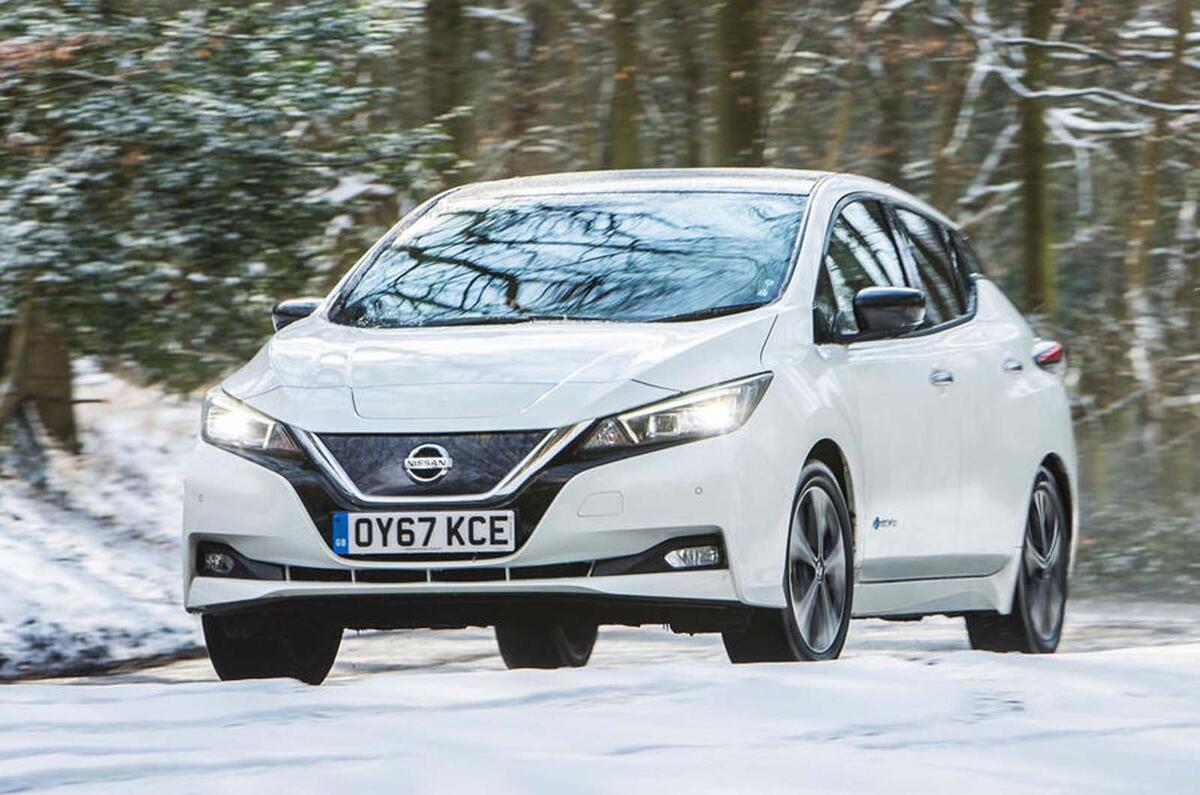
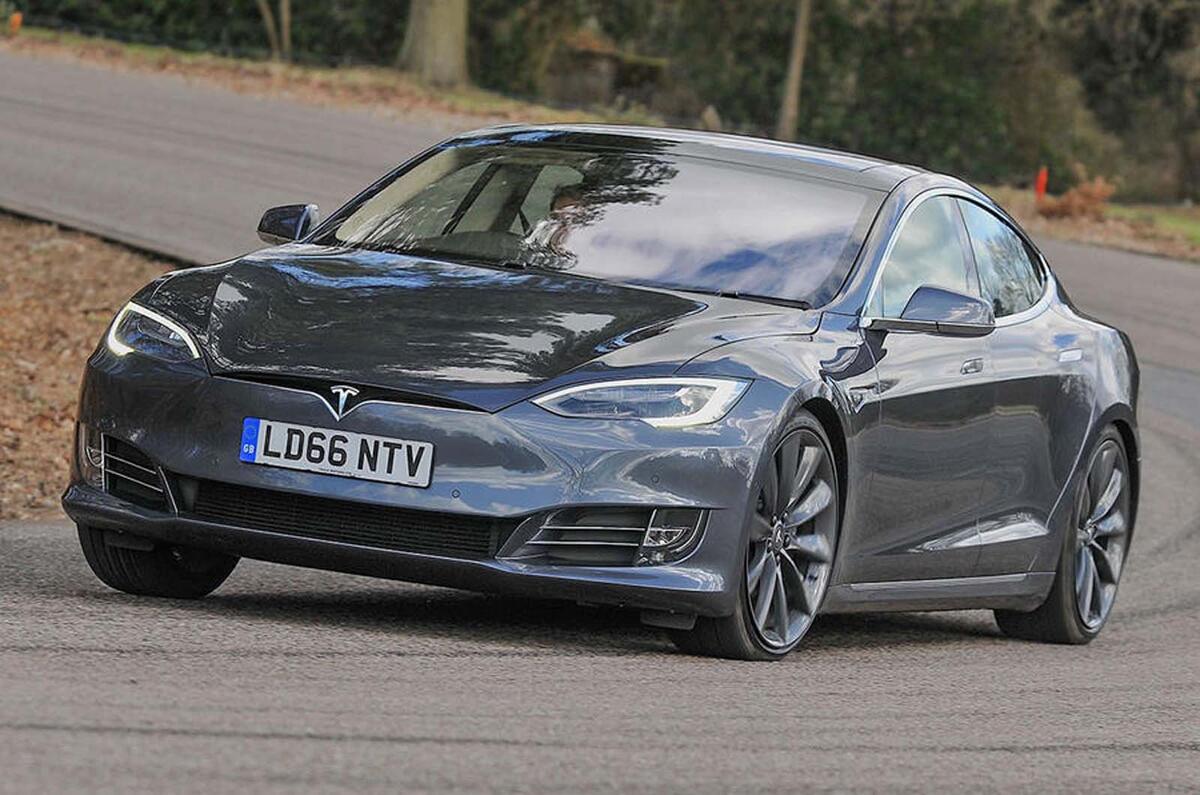


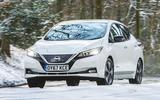
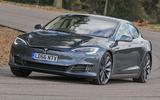
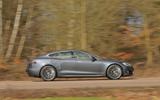





Join the debate
Add your comment
Has Matt considered the
Has Matt considered the electricity that is required to process petrol/diesel will taper down broadly in parallel with the demand for electricty from electric cars?
FFS Autocar is making
FFS Autocar is making mountains out of molehills. This is I assume from a bias of assuming that people will use electric cars the same way as petrol cars.
Electric cars are built and purchased one at a time; the issues with charging will be solved one car at a time. There is therefore a fundamental issue with this article; the UK does not need to “be ready”.
Looking at the direction of travel of battery costs it is likely that electric cars will be cheaper than petrol cars down to supermini size by around 2025. In all likelihood the Tesla experience is showing us that the principle barrier to adoption will probably be the rate at which they can be produced.
Any future predictions may be utterly disrupted by autonomous vehicles, E-VTOL's, new car ownership models, e-bikes or similar:
1: Charging, current ratios are one charging point at a dwelling per car and 1 per 100 for fast chargers in the case of long range electric cars like Teslas. Most charging is done at home; a home charger is no more complex to fit than an electric cooker. Currently as an electric vehicle is a discretionary purchase, only people who can charge at home buy one.
When an electric car is no longer a discretionary purchase then expect demand for infrastructure to drive its creation. There are plenty of on road charging solutions including options to put plugs in lamp posts, it is also likely that companies will be pressured into installing basic 32A chargers in their car parks. Most cars will be retained at a high state of charge by trickle charging.
2: The Grid: The average daily journey is around 20 miles so most cars can be charged off a slow charger every day, with a regular 32A plug you can charge a Tesla fully overnight. As stated above there are plenty of charging solutions for cars parked on road and the lower cost of charging then will be an incentive the maximize charging at this point. During the daytime most people leave cars in the car park all day, when you leave the car you will tell it when you want to it be charged by and the car will charge a points of lowest demand during the day to lower the costs.
As for grid capacity in any given year a minimum of 3-5% of generation is replaced, the ramp up from electric cars is predictable and limited by car production, short term errors are cured by life extensions to existing plants.
3: Death and Taxes: Stuff needs to be paid for, petrol taxes are effectively regressive consumption tax. Removing the environmental imperative effectively removes some of the arguments for such a high level of taxation on this sector. In all likelihood a road pricing system will be part of the solution, it would be relatively cheap to administer and would be a good way to manage congestion. Despite people’s previous issues with it most people are now aware that their mobile allows state and google to track them anyway. To make up the likely shortfalls expect wealth taxes like a land value tax and inheritance taxes to go up (as economists have been suggesting for a while anyway).
In short Autocar has done some maths but vastly underestimated people’s ability to organize at local, national and international levels. Globally cars are added one at a time, the solutions are developed one car at a time too, good practice spreads and soon just becomes the way things are done. The edge cases Autocar has theorised do not have to be addressed now they will be addressed as they appear from a position of having a nearly good enough solution already.
Electric cars are quieter, produce no local air pollution, they are simpler to construct and maintain, more flexible in design and very soon will be cheaper than petrol cars. These positives will drive adoption, one car at a time.
Alternatives to home charging?
Charing is indeed a big issue, especially for those who cannot do it at home. There are a couple of possible options that I haven't heard about it a while.
Cambridge Crude is a liquid that hold charge. When it is depleted, replace the fluid at a fuel station, and the old liquid is recharged for a following customer to use.
Renault were involved in aluminium air batteries (created by Phinergy). Aluminium plates are consumed in a chemical reaction to produce electrity. Apparently a 600 mile range (but with electrolyte top ups every 250), and the resulting aluminium oxide can be recycled. The system would be much lighter than current battery packs.
There may also be other options such as mobile battery packs (perhaps autonomous) that come to the car. Current soloutions may not be the only solutions.